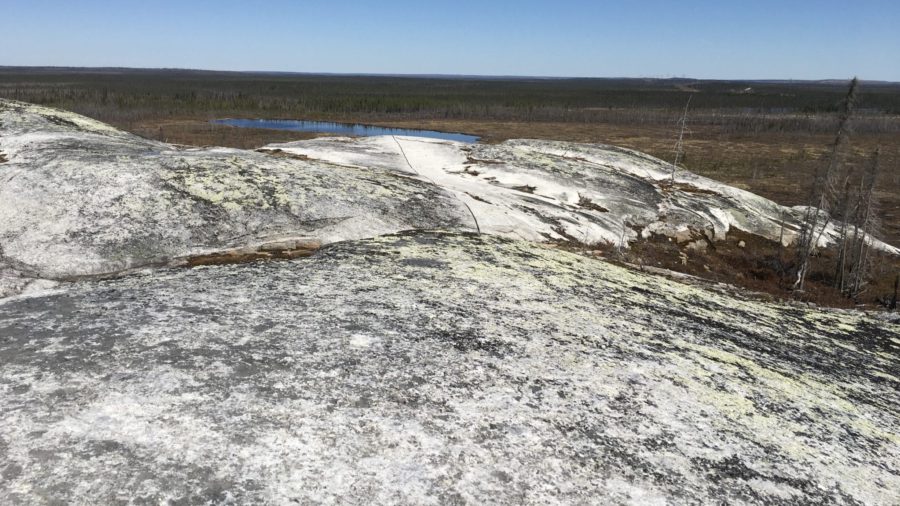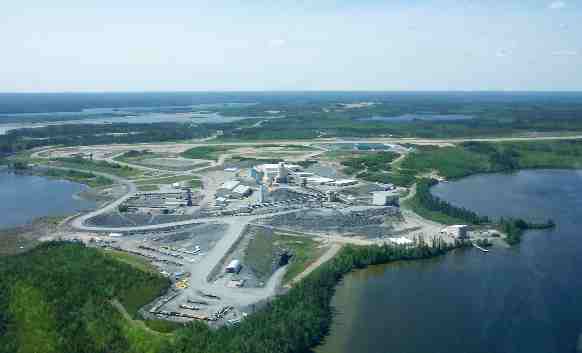Lessons from the last supercycle to combat record-high inflation and realize value

Entering the new year, Canadians were met with a 30-year high inflation rate. Whether buying groceries, ordering new windows or refuelling the car, inflation continues to have a growing a ripple effect in every business, across every sector – including mining. Supply chain bottlenecks coupled with rising labour and fuel prices are leading to higher premiums on raw materials and driving up input costs. Steel alone was up 51% last year, greatly impacting ROI and expected expenditures for current or planned capital projects.
To make matters worse, these challenges are met with the perfect storm as global economic recovery produces a rapid uptick in demand for commodities, pushing miners to produce more and grow investments across the board – particularly in those supporting the emerging energy transition.
We’ve seen this before. In the mid-2010s, cost inflation ran rampant, with mining companies pulling the shorter straw on value realization. As a result, the sector didn’t benefit as much as the rest of the value chain, creating long-term restrictions on mining exploration, development and other capital projects. While the impact might be different – given demand is forecast to remain strong and inflation is likely to peak as some form of stability returns – the risk still exists that mining companies are left receiving less of the benefit than the rest of the value chain.
Companies must realize the full value opportunity, while maintaining development and capital spend to support production that meets the sustained growth in demand that’s expected. Those that prosper can meaningfully change how they manage input costs and supply chain volatility (now and in the future), reduce their internal production costs through more diligent cost management, and strategically elevate specific cost drivers such as talent acquisition and retention. Here are three things mining companies can explore to mitigate risk and secure greater value this time around as costs and pricing fluctuates.
Update supply chain strategies. By understanding inflationary risks both at a granular level and within specific procurement categories, companies can better develop mitigation approaches to safeguard against sustained or future systemic shocks. Organizations that develop robust and flexible supply chain strategies can reduce the risk of inflationary pressures and strategically optimize the value chain.
Renegotiating agreements, where appropriate, so they more equitably reflect the current market and balance between supply and demand inflation will be key. This includes ensuring key categories across assets are clearly identified for strategic sourcing, moving high-risk spend categories under contract (if not already) and negotiating extended terms, and ensuring provisions for longer-term systemic risk (i.e., ESG) are negotiated. This is not only a value-add to stakeholders in the short-term, but will help to build long-term investor confidence and increase the value proposition for future growth.
Conduct a detailed assessment of production-related costs to ensure a rigorous and complete understanding of end-to-end, operational cost drivers, and potential levers to control and address. Having a detailed understanding of cost drivers can provide greater visibility cross-functionally and allow the business to make better decisions. This will help to be more effective in managing costs internally, while also building the foundation for current and future cost discipline and optimization as a buffer against inflation. Creating a culture of cost accountability can help to guard against current inflationary input costs, and eventually deliver value in a lower inflation context.
In practical terms, this means building cost models that: accurately reflect spend and budget performance, formalize controls and governance, introduce the operating elements required to support cost discipline and drive accountability in spending, and implement systems to ensure transparency of actual operating spend.
Review attraction and retention strategies. The way key talent is attracted and retained needs to adjust rapidly if mining companies are to adequately manage the scarcity of available skills. A rigorous assessment of capability and capacity gaps or risks can help to prioritize focus areas and ensure further refinement of attraction and retention tactics in priority areas. This may include formalizing the assessment of employee value drivers and understanding how current policies miss the mark.
Taking a proactive, strategic response to the labour shortage is key to securing the best possible skills while managing increasing labour costs. Developing creative strategies that address both market-related and emerging non-monetary employee value drivers through things like flexible work arrangements, new approaches to support fly-in/fly-out assignments, culture building initiatives or learning and development opportunities will be critical.
As questions arise over how far prices will move amid supply chain bottlenecks and tightening labour markets, mining companies cannot afford to miss the value opportunities that come with it. Reviewing supply chains, conducting rigorous cost assessments and developing proactive attraction and retention strategies will all be critical to get the appropriate structures in place to combat inflation pressures while setting up the organization to secure long-term, sustainable value.
IAIN THOMPSON is the Mining & Metals Consulting leader and CALLUM STEWART is Mining
& Metals Supply and Operations Specialist at EY Canada.





Comments